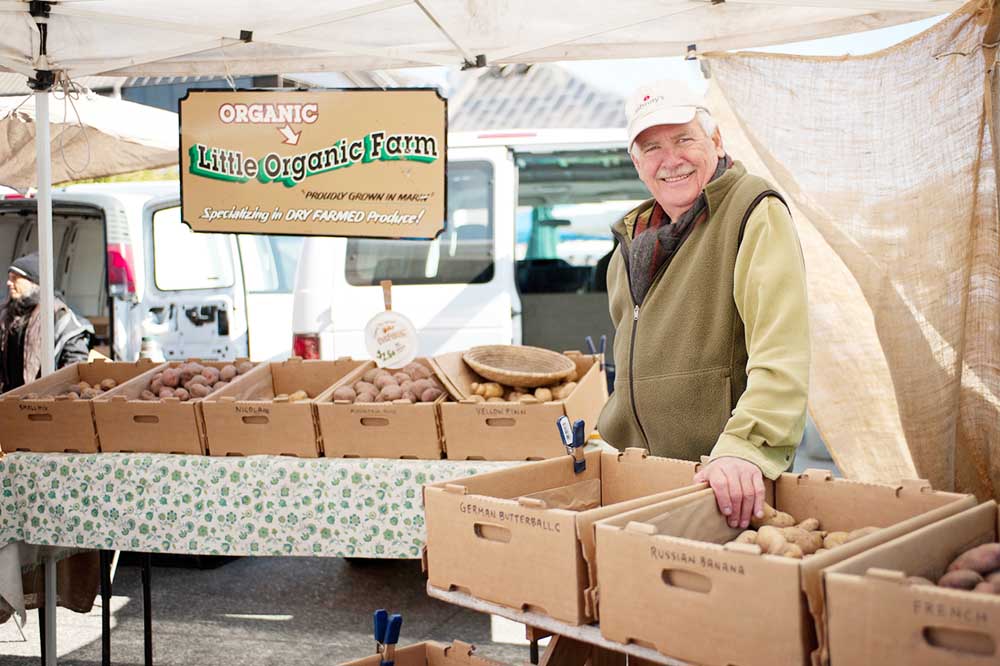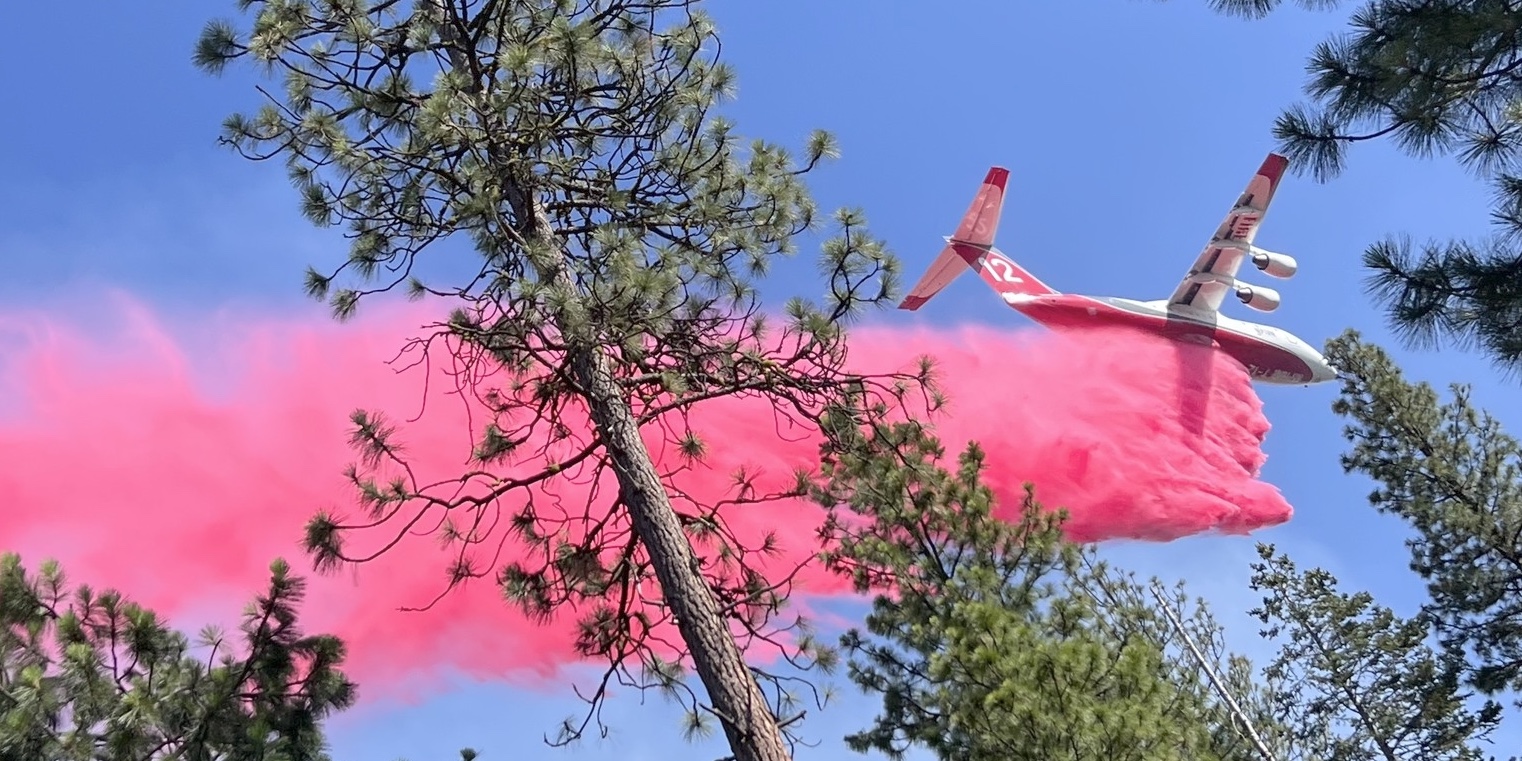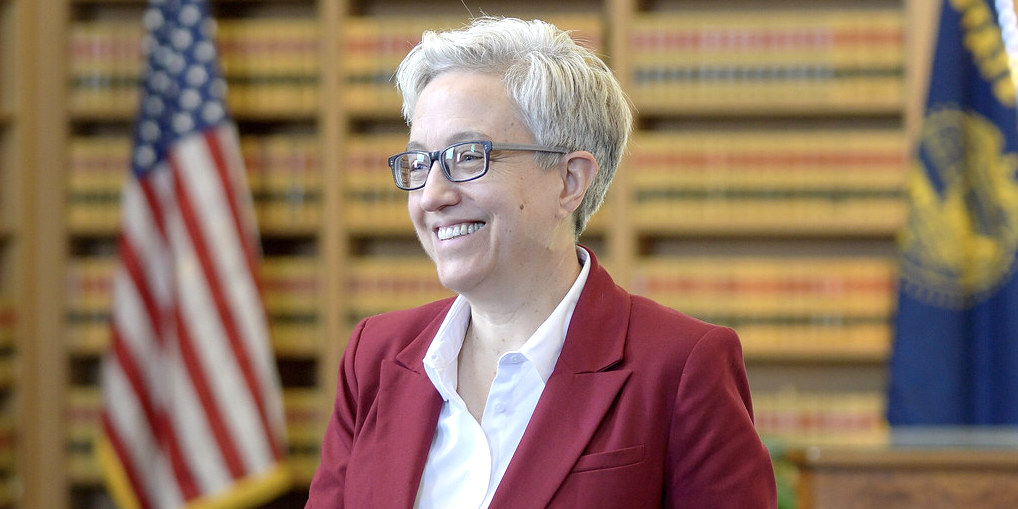Old-school technique saves water on California farm
Published 7:00 am Thursday, February 10, 2022

- David Little, an organic farmer in Marin County, Calif., dry-farms 40 acres, most of which are planted to potatoes.
PETALUMA, Calif. — Farmer David Little has two main reasons he dry-farms: it allows fewer weeds to take hold and it uses less water.
Trending
“I began dry-farming when I bought the property in 1995,” he said. “Out of my 50 acres, about 30-40 acres are dry-farmed, and planted mostly to potatoes, winter squash, sunchokes (also known as Jerusalem artichokes) and tomatoes. All crops are organic.”
For the few crops that are irrigated, he uses plastic tape that has holes every 8 inches like a soaker hose and only dispenses water around the plants so there is no excess.
All potatoes are dry-farmed. He uses an old-school tillage technique involving disking, plowing and compressing the soil, which serves to hold moisture from winter rains in the soil through late summer. This minimizes the need for irrigation, depending on the weather in a given year.
Trending
Little grows 20 varieties of potatoes including many with yellow, white, purple or red flesh. He says the yellow flesh potatoes are most popular. He also grows the popular fingerlings.
“Ferry Plaza Farmers Market shoppers are dazzled by the diversity of colorful and flavorful potato varieties at Little Organic Farm’s stand, but David’s championing of sustainable, dry-farming methods to conserve water by utilizing soil moisture is the deeper story, especially in times of climate change and drought,” said Brie Mazurek, CUESA’s communications director. CUESA is the acronym for the Center for Urban Education about Sustainable Agriculture and operates several farmers markets including the one at the ferry plaza.
“With David and his daughter, Caressa, the farm is truly a family operation, and their commitment to organic, sustainable stewardship is the foundation of their delicious dry-farmed produce.”
In addition to CUESA’s farmers markets, Little’s organic produce is on the menu at high-end restaurants, from the French Laundry and Auberge de Soleil in Napa to Greens and Zuni in San Francisco.
The farm’s coastal sandy loam is amended with compost to promote plant growth. Ground oyster shells provide a natural source of calcium that is essential for preventing tomato blossom end rot. Cover crops are planted to prevent soil erosion and to boost the soil’s nitrogen content.
Little says it costs a lot of money to farm and water efficiency is more important today than it was 10 years ago.
“We are running out of water,” he said. “It’s already happening; a lot of farming is moving from Southern California to the north.”
Dry-farming is not new. It can be traced back to the 1800s when it was all about survival. The early settlers chose to use the precious water for their animals instead of their crops. Livestock brought more money at the market.







